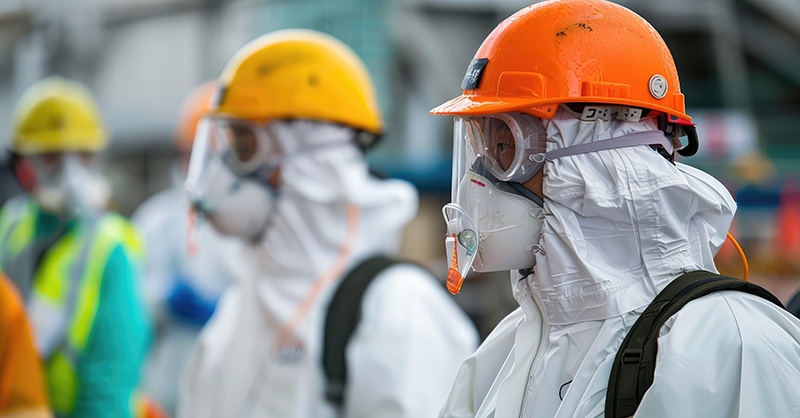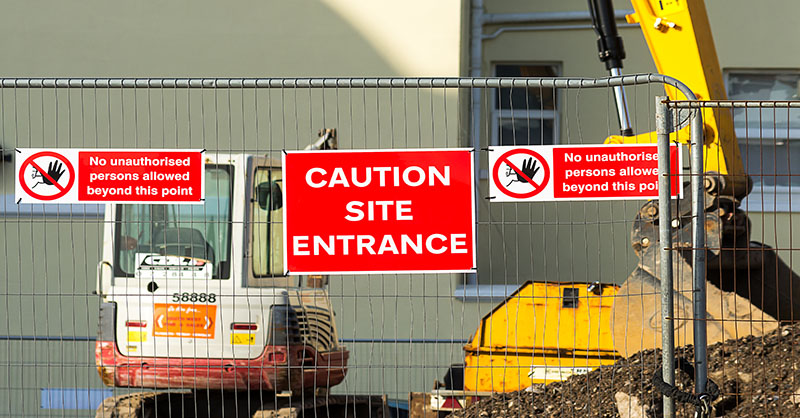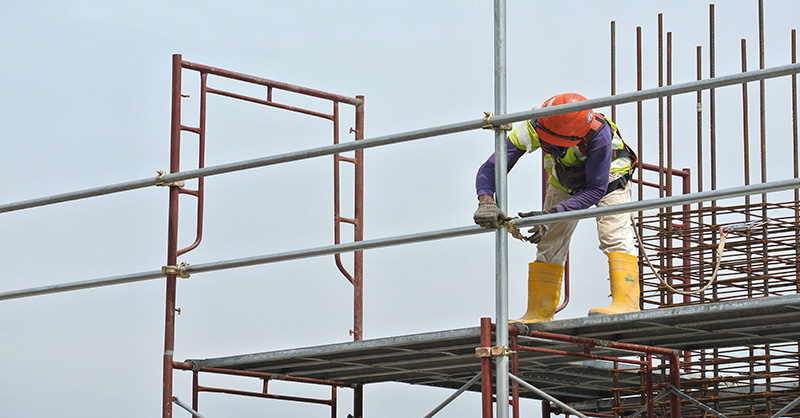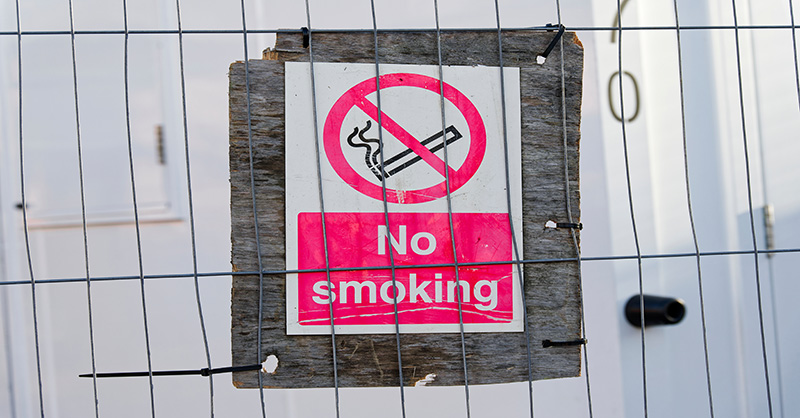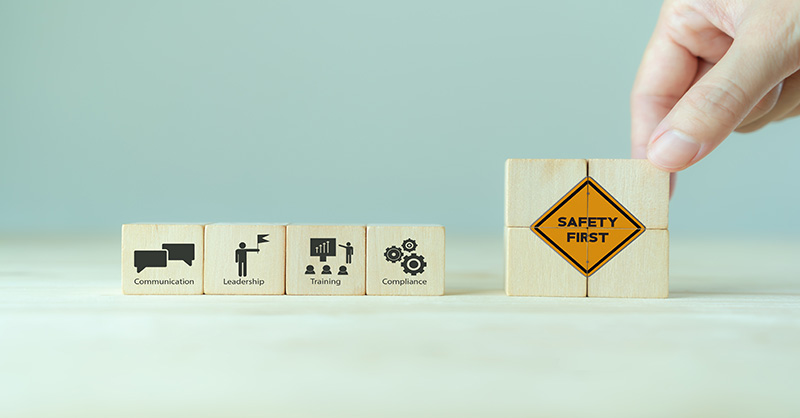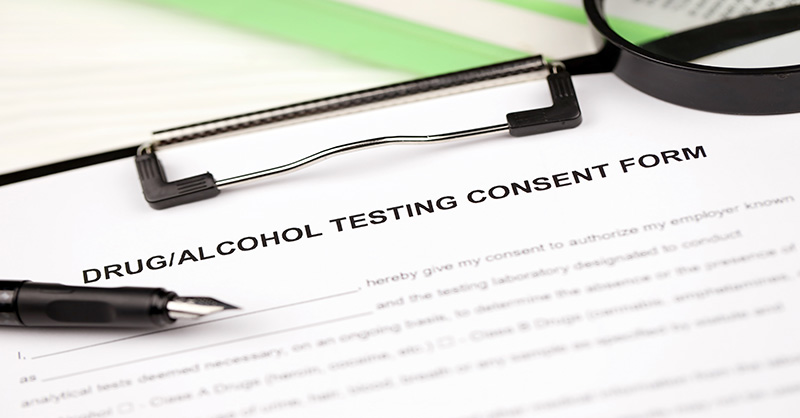Ergonomic Hand Tools – Help Prevent Workplace Injuries with Proper Equipment
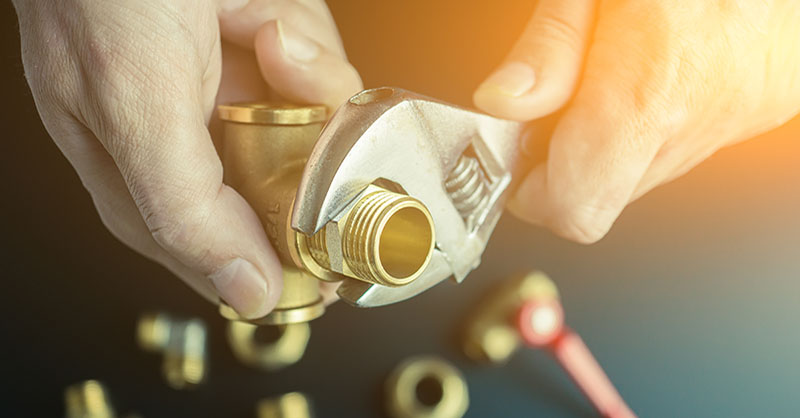
Each year, hand tools are a significant source of compensable injuries in the workplace. Many of these injuries can be prevented using proper technique and equipment.
Powered and non-powered hand tools may seem harmless, but they're often the cause of injury in occupations such as assembly, construction, equipment/vehicle maintenance and repair, metalworking and woodworking. Common injures include the following:
- Cuts, abrasions and punctures
- Repetitive motion injuries such as tendinitis, bursitis and carpal tunnel syndrome
- Eye injuries
- Broken bones and bruises
To eliminate, reduce or control the frequency and severity of these injuries, the following ergonomic control measures should be implemented:
Reduce Vibration
- Only properly balanced tools should be utilized.
- Tool speed should be reduced.
- Duration of use should be reduced.
- Tool cushioning, suspension, exhaust ports and vents should be improved.
- Workers should wear gloves to dampen vibration.
- Tool grips and handles should be wrapped with cushioning material.
- Replace one-finger activated tools with lever arm, air-operated push start methods or thumb-switch tools.
- Personnel should be rotated to reduce their exposure time.
Reduce Torque
- Slip-clutches or torque limiters should be installed on the tools.
- Tools can be mounted on an articulated arm to keep torque from reaching the worker's hand(s).
- Extra handles can be provided to allow workers to use both hands to counter the torque.
- Torque settings should be kept as low as possible.
- Personnel should be rotated to reduce their exposure time.
- Neutral-torque tool balances should be utilized.
Use Proper Grips and Handles
- Grips and handles should be designed to keep wrists as straight as possible.
- Positive stop or flanged end grips should be provided to increase hand stability.
- Sharp corners and edges should be eliminated.
- The use of form-fitting handles should be avoided.
- Textured surfaces should be provided.
- Clutch and tool extensions should be kept as short as possible to minimize balancing problems.
- If gloves must be worn, they should cover only the areas of the hands needing protection, not the entire hand.
Minimize Force Required to Use Tools
- Tool handle should be altered to make it more efficient.
- Tool weight should be reduced.
- Tools should be held at their center of gravity.
- Switch to power tools and reduce the force necessary to operate hand tools.
- Tools should be counterbalanced and suspended to eliminate the need for the worker to support the tool.
Adjust Hand Positioning
- Ergonomically designed tools, which allow straight-wrist positions and minimize bent-wrist positions, should be utilized.
- Alter or modify the work task to the current tools to allow straight-wrist positions and to minimize bent-wrist positions.
- Awkward hand positions (primarily bent-wrist positions) should be avoided.
- Angle the work object/surface to improve accessibility.
Non-Powered Hand Tool Considerations
- Adequate hand grips should be provided.
- Tool handles should extend past the palm of the worker's hand. Surfaces should be broad to distribute pressures evenly. Surfaces should also be padded and slip resistant.
- To maximize grip strength while using tools, such as pliers, wire strippers or scissors, the distance between tool handles should be kept between 2.5 to 3.5 inches.
How to Implement Ergonomic Control Measures
Safety committees can play an effective role in any organizational risk management effort. By creating safety programs and evaluating the effectiveness of such programs, your safety committee can help control ergonomic hazards and other related risks.
Learn more about how you can establish a safety committee within your organization.
